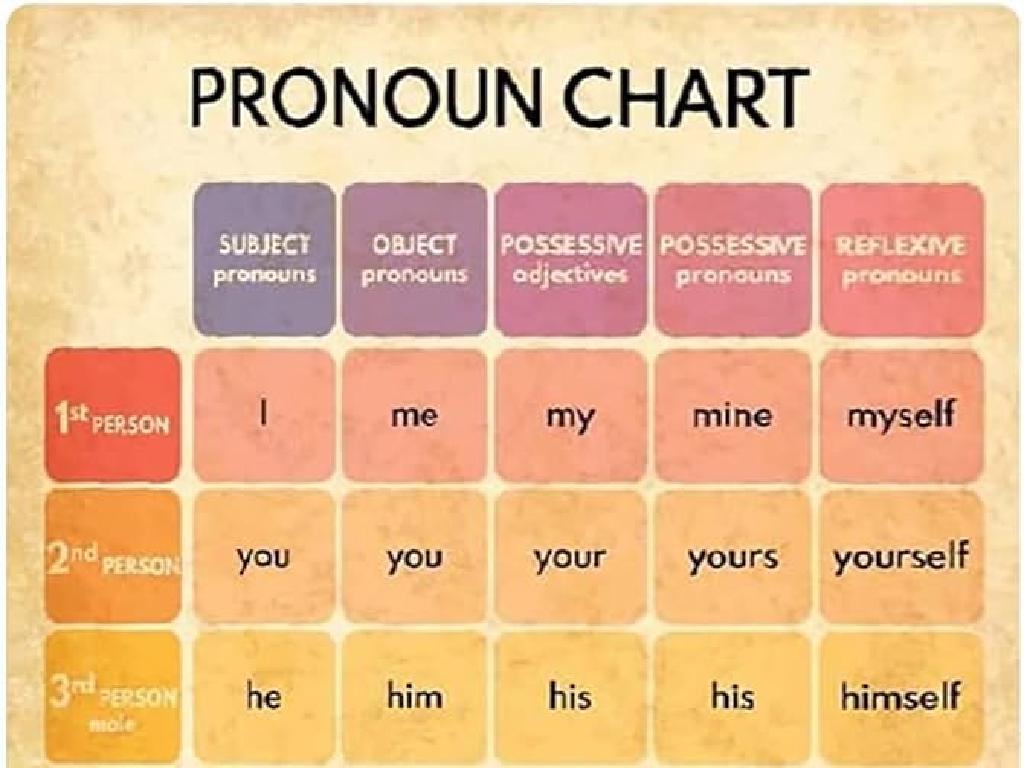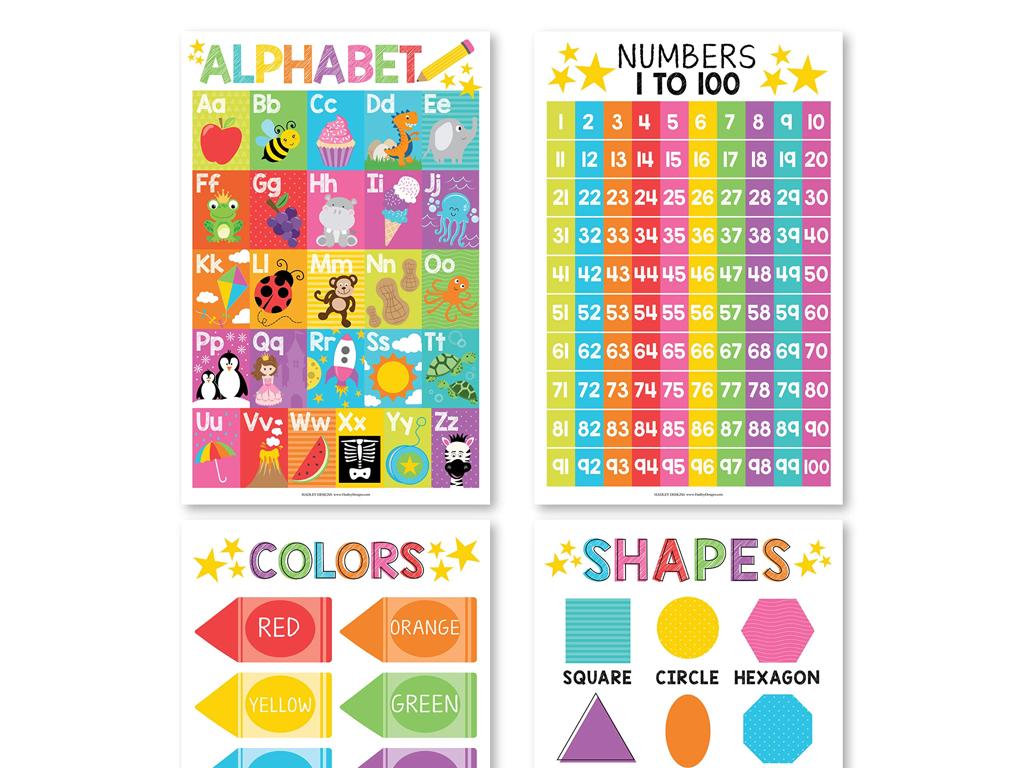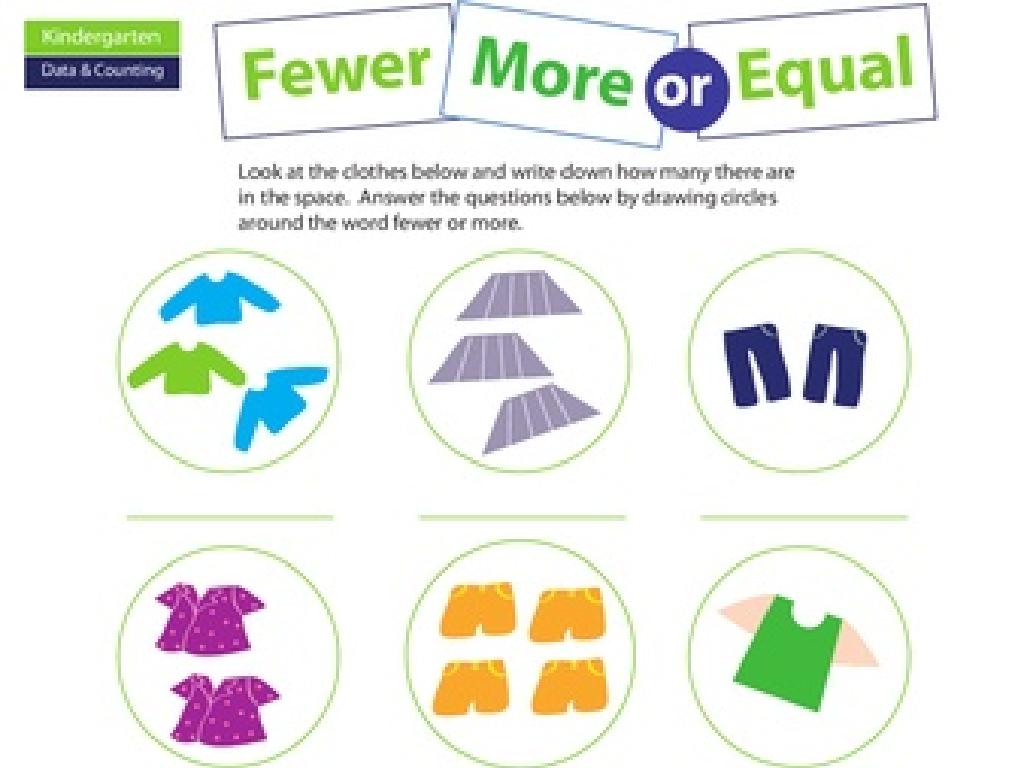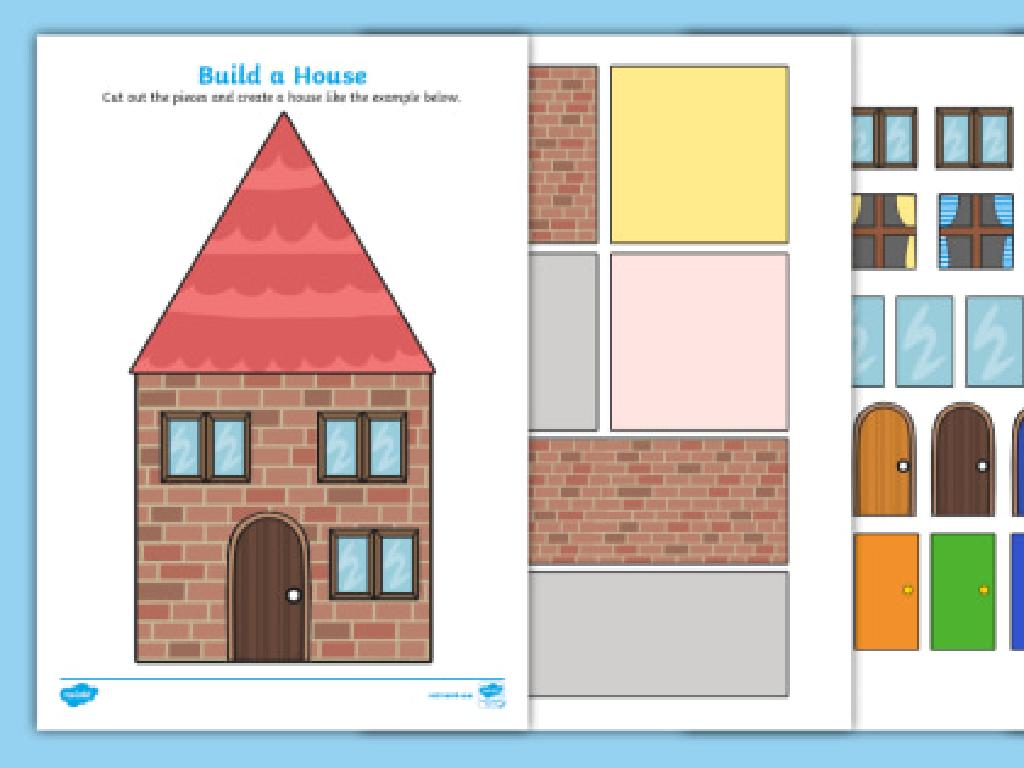Welcome To The Course
Subject: Life skills
Grade: High school
Topic: Social Media Literacy
Please LOG IN to download the presentation. Access is available to registered users only.
View More Content
Welcome to Life Skills: Social Media Literacy
– Defining Social Media Literacy
– The ability to critically navigate, evaluate, and create information using social media.
– Why literacy in social media matters
– It’s crucial for safety, communication, and staying informed.
– Overview of course objectives
– Goals include understanding social media’s impact, responsible usage, and digital citizenship.
– Setting course expectations
– Active participation, critical thinking, and respectful online behavior are expected.
|
This slide introduces students to the concept of social media literacy, emphasizing its importance in today’s digital world. It’s essential for students to understand that being literate in social media goes beyond just using platforms; it involves critical thinking and responsible behavior. The course will cover the impact of social media on society, individual responsibilities as digital citizens, and the development of skills to effectively communicate and consume information online. Expectations for the course include active engagement, completion of assignments, and adherence to respectful conduct in all online interactions. Encourage students to think about their own social media use and prepare them for a journey towards becoming savvy digital citizens.
Understanding Social Media
– Define social media
– Interactive technology for sharing ideas, information
– Types of social platforms
– Examples: Facebook for connections, Twitter for news, Instagram for photos
– Social media’s role today
– Used for networking, education, business, entertainment
– Impact on communication
– Alters how we interact, share news, and form opinions
|
This slide introduces students to the concept of social media, a cornerstone of modern communication. Begin by defining social media as a collection of online platforms and technologies that enable users to share content, interact, and form communities. Highlight the variety of social media platforms available, each with its unique focus and user base. Discuss the integral role social media plays in our daily lives, affecting how we connect with others, access information, and engage with the world. Emphasize the shift in communication patterns due to social media’s influence, shaping public discourse and personal interactions. Encourage students to reflect on their use of social media and its impact on their lives.
The Impact of Social Media on Perceptions
– Social media’s role in shaping views
– Platforms influence opinions and beliefs.
– Pros and cons of social media use
– Benefits: connectivity; Risks: misinformation.
– Analyzing real-life social media examples
– Discuss cases like viral campaigns or cyberbullying.
– Reflecting on personal social media impact
|
This slide aims to introduce students to the complex ways in which social media can influence our perceptions and daily lives. It’s crucial to discuss both the positive aspects, such as increased connectivity and community building, and the negative effects, including the spread of misinformation and cyberbullying. Provide real-life examples to illustrate these points, such as a social media campaign that led to positive change or an incident of online harassment. Encourage students to think critically about how their own views and behaviors are impacted by social media, fostering a discussion on responsible use and digital literacy.
Navigating Social Media Responsibly
– Create a positive digital footprint
– Your online activity is like a digital ‘footprint’ that can be traced back to you.
– Manage privacy and personal info
– Adjust privacy settings to protect your information and understand what’s safe to share.
– Address cyberbullying effectively
– Learn strategies to respond to and report cyberbullying incidents.
– Online harassment: prevention tips
– Recognize signs of harassment and know where to seek help or report issues.
|
This slide introduces students to the concept of social media literacy, emphasizing the importance of creating a positive digital footprint. It’s crucial for students to understand that what they post online can have long-term effects on their reputation and future opportunities. Privacy settings are a key defense in protecting personal information from strangers and potential misuse. Cyberbullying is a serious issue that can affect students’ well-being; they should be equipped with the knowledge to handle such situations. Finally, understanding online harassment and its prevention can help maintain a safe online environment. Encourage students to think critically about their online presence and provide them with resources for managing their social media use responsibly.
Social Media Literacy Skills
– Critical thinking online
– Assess the reliability of information on social media.
– Algorithms & influence
– How social media algorithms shape what you see and think.
– Credible online presence
– Creating a trustworthy profile and sharing authentic content.
|
This slide introduces students to the essential skills needed for social media literacy. Critical thinking is crucial when navigating through the vast amount of information available online, teaching students to question and evaluate the reliability and source of the information they encounter. Understanding algorithms is about recognizing how platforms control content visibility and can influence opinions and behaviors. Building a credible online presence involves managing one’s digital footprint responsibly by sharing authentic content and maintaining a profile that reflects one’s true self and values. Encourage students to reflect on their own social media use and discuss the impact of these skills on their online interactions.
Class Activity: Navigating Social Media Scenarios
– Break into groups for discussion
– Present your social media scenario
– Each group will explain a different scenario involving social media use
– Discuss responsible actions
– Consider privacy, respect, and digital footprint when discussing
– Class votes on best approaches
– We’ll learn from each other what actions are most appropriate in these contexts
|
This activity is designed to foster critical thinking and responsible decision-making in the context of social media use. By working in small groups, students can engage in deeper discussions about real-life scenarios they might encounter online. Each group will tackle a unique scenario, allowing for a diverse range of topics and solutions to be presented. Encourage students to think about the implications of their actions online, including privacy concerns, respect for others, and the permanence of their digital footprint. After presentations, the class will vote on the best approaches, promoting a collaborative learning environment where students can critique and learn from each other’s perspectives. Possible scenarios could include dealing with cyberbullying, managing privacy settings, or responding to controversial posts.






